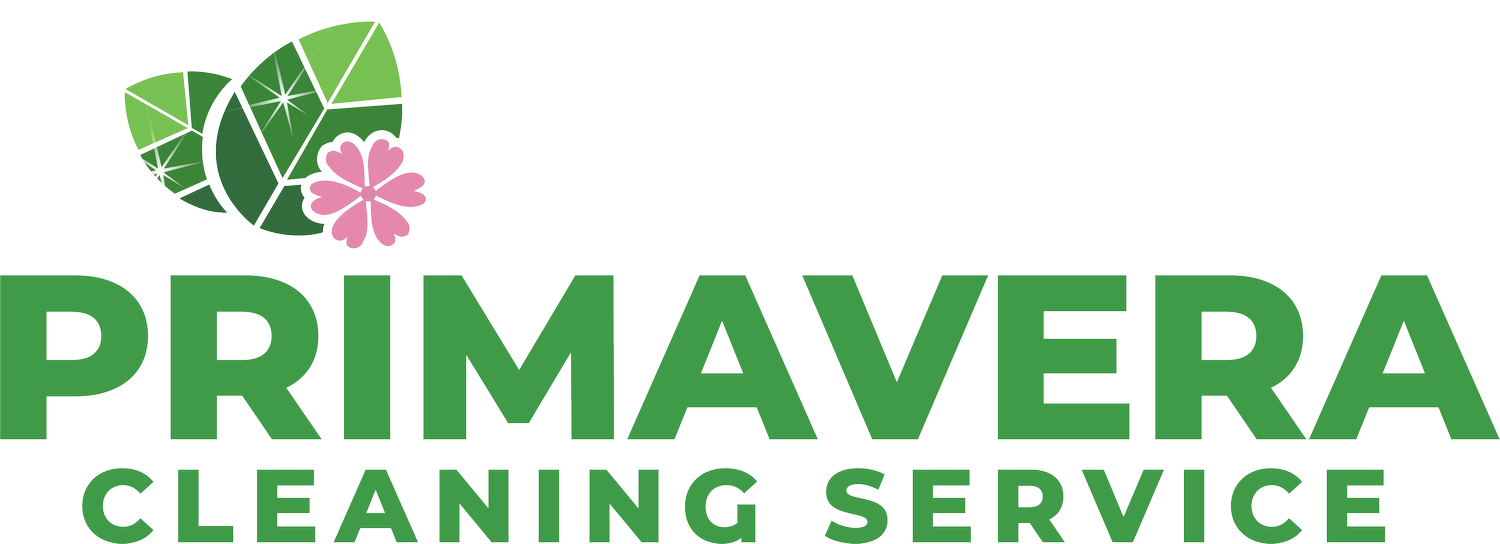Keeping Pollen Out of Your Home
As the seasons change, many of us eagerly anticipate the beauty of blooming flowers and the return of vibrant greenery. However, for individuals with allergies, this time of year also brings dreaded pollen, which can wreak havoc on their health and well-being. If you find yourself sneezing, sniffling, and struggling with allergies, it's time to take action to keep pollen out of your home. In this blog, we will explore effective strategies to help you maintain an allergy-free environment and breathe easier.
Create a Pollen-Free Zone:
Designate a pollen-free zone in your home, typically the bedroom, where you spend a significant portion of your time. Keep windows closed to prevent pollen from entering, and use air conditioning or air purifiers with HEPA filters to filter out allergens. Regularly clean and vacuum the room to eliminate any trapped pollen particles.
Be Mindful of Clothing and Shoes:
Pollen can hitch a ride on your clothing and shoes, so take precautions before entering your home. Remove your shoes at the door and leave them outside or in a designated area. Change your clothes and wash them regularly, especially after spending time outdoors. This practice will prevent pollen from spreading throughout your living space.
Keep Windows and Doors Closed:
While fresh air is delightful, during peak pollen seasons, it's essential to keep your windows and doors closed to minimize pollen intrusion. Use window screens to prevent pollen from seeping in while still allowing ventilation. If you crave fresh air, consider investing in pollen-proof window filters or installing screen meshes designed to block allergens.
Regular Cleaning and Dusting:
Diligent cleaning is crucial to keep pollen at bay. Dust and pollen particles can settle on surfaces, furniture, and upholstery, triggering allergies when disturbed. Use a damp cloth or electrostatic duster to trap pollen effectively while dusting. Vacuum your carpets, rugs, and upholstery regularly, preferably using a vacuum cleaner with a HEPA filter to capture even the tiniest allergens. If you are finding it difficult to keep up with the housework, you can always hire a professional cleaning company to help you out. Request a free quote from Primavera Cleaning Service today!
Maintain Proper Indoor Humidity:
Maintaining appropriate indoor humidity levels can help alleviate allergies caused by pollen. High humidity can encourage mold growth, while dry air can worsen nasal congestion. Aim for a humidity level between 30% and 50%. Utilize dehumidifiers in humid climates and humidifiers in dry climates to achieve the desired balance.
Pollen-Proof Your Home's Exterior:
Minimize the potential entry points for pollen by sealing gaps and cracks around doors and windows. Consider installing weatherstripping to create a tight seal and prevent pollen infiltration. Regularly clean and maintain your outdoor areas, such as patios and decks, to minimize pollen buildup near your home.
Launder Bedding and Curtains Frequently:
Your bedding and curtains can harbor significant amounts of pollen, leading to sleepless nights and discomfort. Wash your bedding, pillowcases, and curtains in hot water regularly to eliminate pollen and other allergens. Choose hypoallergenic bedding and pillow covers for added protection.
Optimize Your Landscaping:
When it comes to landscaping, select plants with low pollen production, such as flowering shrubs and non-allergenic flowers. Avoid planting trees and plants that are notorious for producing large amounts of pollen, such as birch, oak, and ragweed. Additionally, hire professionals for regular garden maintenance to keep pollen-producing plants under control.
While pollen allergies can be challenging to manage, taking proactive measures can significantly reduce the pollen that enters your home and help you enjoy a more comfortable, allergy-free living environment!


